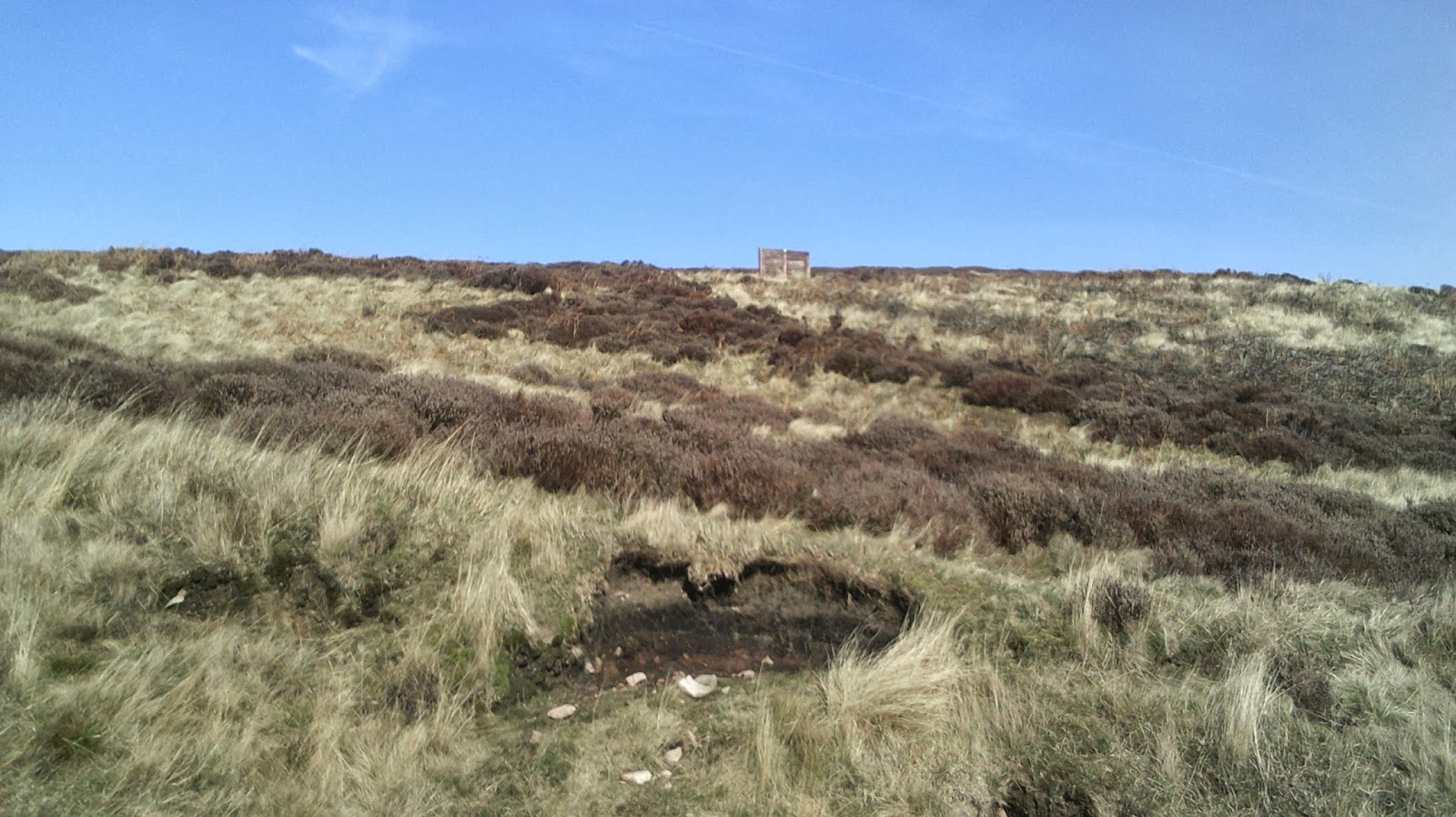We climbed up onto the shoulder of The Cheviot, the highest hill in Northumberland. It is a managed grouse moor - there were birds everywhere. Come August, people will pay to hide behind the wooden screens you can see to shoot the grouse. The wooden screens are called grouse butts. They are obviously opaque, because you don't want to be seen by the grouse. But what makes a material opaque? I was reading that metals have energy band gaps between their electron energy levels of the order of 1 eV. This would give a wavelength of 1200nm which is infra-red. The theory is that these band gaps will include the visible wavelengths, so visible light will provide energy to get electrons up into the next band. The light is absorbed so metals are opaque. Non-metals like diamond have much higher band gaps so don't absorb visible light. What about wood? Not sure, but the molecular structure is very different being made of polymer chains.


